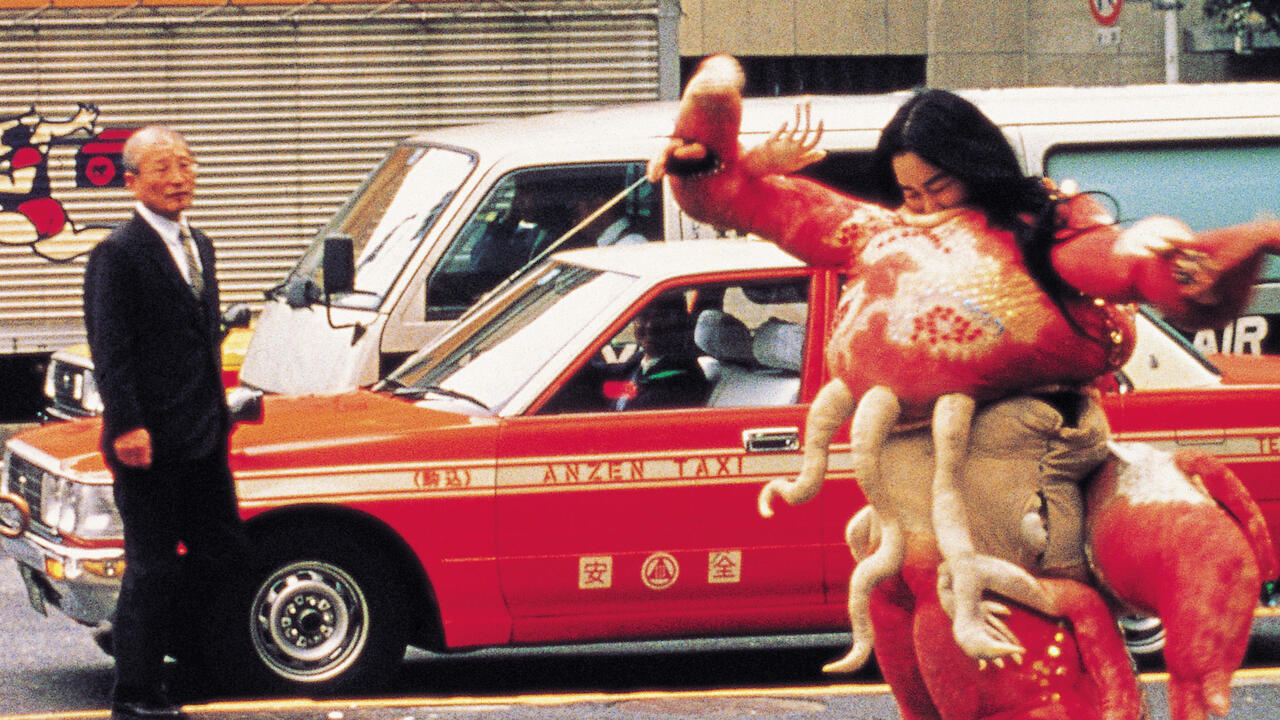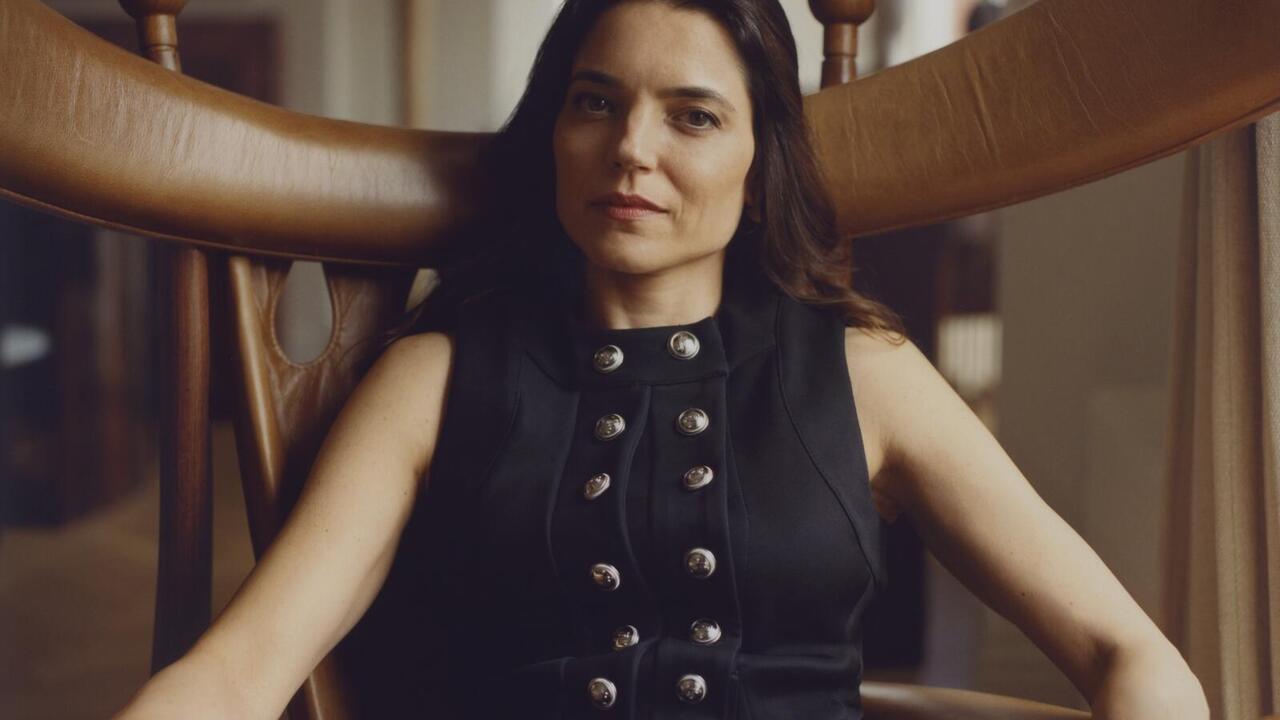Jon Pylypchuk

For both the normals and neurasthenics among us, Jon Pylypchuk’s retrospective at once raided the icebox of our worst unconscious fears and raised the hairs on my neck with its swift audacity. In a universe undreamt of by both the Muppets and Mister Rogers, the exhibition took a walk on the wild side of creative whimsy, driving a stake through sense and sensibility with the antics of the artist’s unruly anthropomorphs.
In the haunting press a weight through life, and I will watch this crush you (2006), the latent menace of a shantytown stakes its claim from the get-go and doesn’t lose its grip. Rambling around its outer perimeter, I felt as though I were loitering or malingering, up to something shady, much like the puppet-like inhabitants themselves, squaring off in High Noon duels or just waiting for something untoward to happen. The sheer ricketiness of the structures made me think of an inner city fraught with pathos and a weird promise like an anti-morality fable come to life. This is a work of inimitable and almost unbearable pathos, a shantytown of the human soul drawn, quartered and hung out to dry somewhere between Saturday Night Live’s old but prismatic ‘Mr. Bill’ torture routine (a parody of children’s television) and the local crackhouse. But it is also an upscale DIY sinkhole of the psyche, a hellhole like no other. Pylypchuk employs scraps of sharpened wood, old fabric, felt and superglue to build a shabby environment in which hopelessly dishevelled fabric dolls enact violent rituals as old as the world, like wolves in sheep’s clothing. A wily bricoleur, he works his found materials into a frenzy of downscale representation.
Then there was the luminous bestiary that populated The War (2009), in which a legion of cloacal faces of necromantic gods sent a real shiver, as though they were emissaries from some exotic locale south of Tijuana. The eldritch abomination Pylypchuk calls Fire Crater face and the equally magisterial Fire Teeth (both 2010), mounted on the wall in such a way as to suggest a demented monkey crouched to spring down on the viewer, induced a rare frisson. For me it recalled William Hope Hodgson’s visionary masterpiece of dark fantasy The Night Land (1912), a futuristic evocation of a time when the sun is dying and the last inhabitants of earth are besieged by the spawn of darkness. Pylypchuk’s inhuman presences evoke Ingmar Bergman as a Looney Tunes cartoon character on ecstasy. It is difficult not to look at this work without the suspicion that the artist looked long and hard at the works of Francisco Goya and Otto Dix – and Yves Tanguy’s Multiplication of the Arcs (1956). Curator Klaus Kertess once described Pylypchuk’s strange medley as a ‘conflation of Disney and late Goya – a teddy bear’s nightmare.’ This is still true.
The hardcore whimsy and wholesale handmade aesthetic in this work finds a humorous touchstone and resonance in the awkward and endearingly sculptured birds in Pylypchuk’s selfsame grouping. Those small, white-enamelled clay birds speak of a very personal ethics of making. Pylypchuk has conjured funk, squalor and a certain underlying menace from anthropomorphic birdlike beings that speak potently of estrangement, even as they become tacit surrogates for our own tattered selves. Both their pathos and bathos evoked an overwhelmingly louche cosmos not so very far from home.















